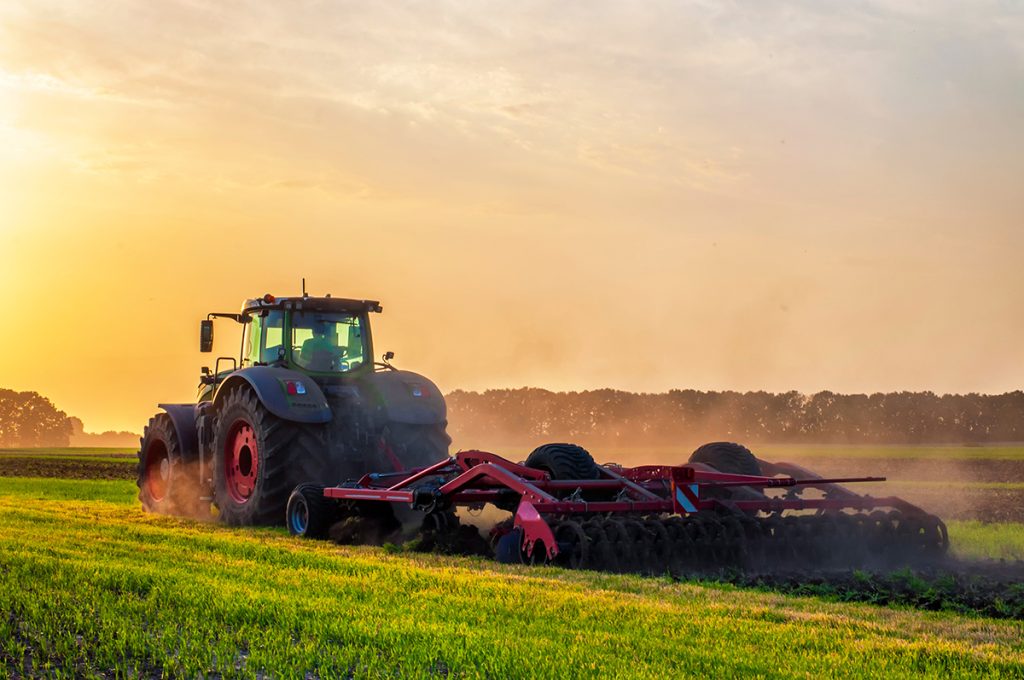
When participating in the Conservation Reserve Program (CRP), your contract includes rules and regulations you must follow to qualify. For instance, the CRP seed mix you use must contain accurate and detailed seed tags. These tags contain important information that you’ll need to know about your seeds to produce a successful stand, like purity, germination, and PLS.
This information shows you exactly what you’re getting when you plant your seed. With these percentages, you can also determine the seeding rates and recommended planting rates for your seed mix. These rates can help you maximize the potential of your stand. In this post, we’ll look closer at these factors to help you successfully establish your project.
What are seeding rates?
Seeding rates refer to the number of seeds needed to grow a sufficient stand for each plant species. A proper seeding rate will ensure a quality stand that meets your CRP seed mix requirements. Calculating your seeding rate is done by determining the PLS and planting rates, which will be discussed further below.
A proper seeding rate is important for deterring weed competition. The fuller your stand, the more difficult it will be for weeds to invade and take over. In addition, proper seeding rates can help cut down on the need for herbicides.
What is PLS?
PLS, or pure live seed, is the amount of crop seed in your mix that can successfully germinate and grow. Often, but not always, the PLS will be provided on your seed tags. To determine PLS, the purity rate of the seed is multiplied by the total germination rate (live germ plus dormant germ) and then divided by 100.
For example, a seed mix with a purity rate of 90%, germination rate of 92%, and dormant seed rate of 4% would be calculated as: 90 x (92 + 4) / 100 = 86.4
This shows that your seed mix has a PLS of 86.4%. Knowing your seed mix’s PLS is vital for your CRP project, as seeding rates are planted and reported to FSA in PLS. A seed mix with a high PLS and purity rate is ideal. This allows you to use less seed when planting to achieve a successful stand. Although seed mixes with lower PLS rates may be cheaper, you will have to use more for the same results.
In most cases, you will purchase seed on a PLS basis so always ask for a quote based on PLS pounds/acre as required by your conservation plan.
What are the recommended planting rates for CRP?
When planting your CRP, there are recommended planting rates for optimal production. Typically, this is represented by a certain number of pounds or seeds per acre or square foot. Different types of seeds have different recommended planting rates. Additionally, the recommended rate depends on the region you’re in and the growing conditions on your land. The goals of your CRP project also play a role.
For example, the recommended planting rate for native grasses is about 30 seeds per square foot. For wildflowers, that amount goes down to 10 seeds per square foot. But these numbers can change depending on your location, the objectives of your CRP practice, planting methods, and other factors. To determine the recommended planting rate for your specific project, it’s best to reach out to a CRP professional.
Get professional assistance for your CRP project
For landowners participating in CRP, figuring out the correct seeding rates, planting rates, and PLS for your project can be challenging. Especially if you’re new to the program, accurately determining these rates to ensure a successful stand can be daunting. Therefore, we highly recommend working with a professional to help you with your project.
At All Native Seed, our experts have over 100 combined years of experience working with CRP. We provide high-quality CRP seed mixes processed to germinate and grow faster than any other seed on the market. Our experts at ANS and our sister company FDCE can provide one-on-one guidance to help you determine the right seeding rates. We can also help prepare, plant, and maintain your CRP acres for the best results. Contact us today to learn more!
